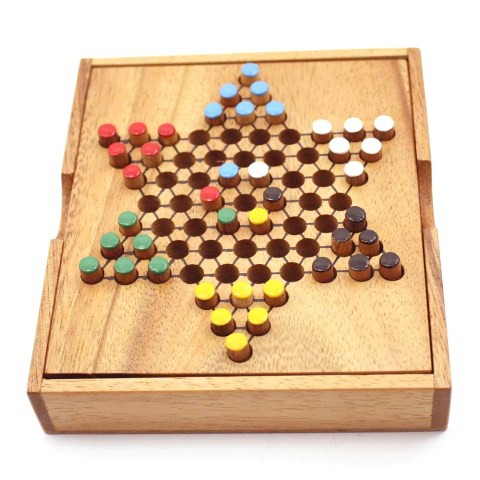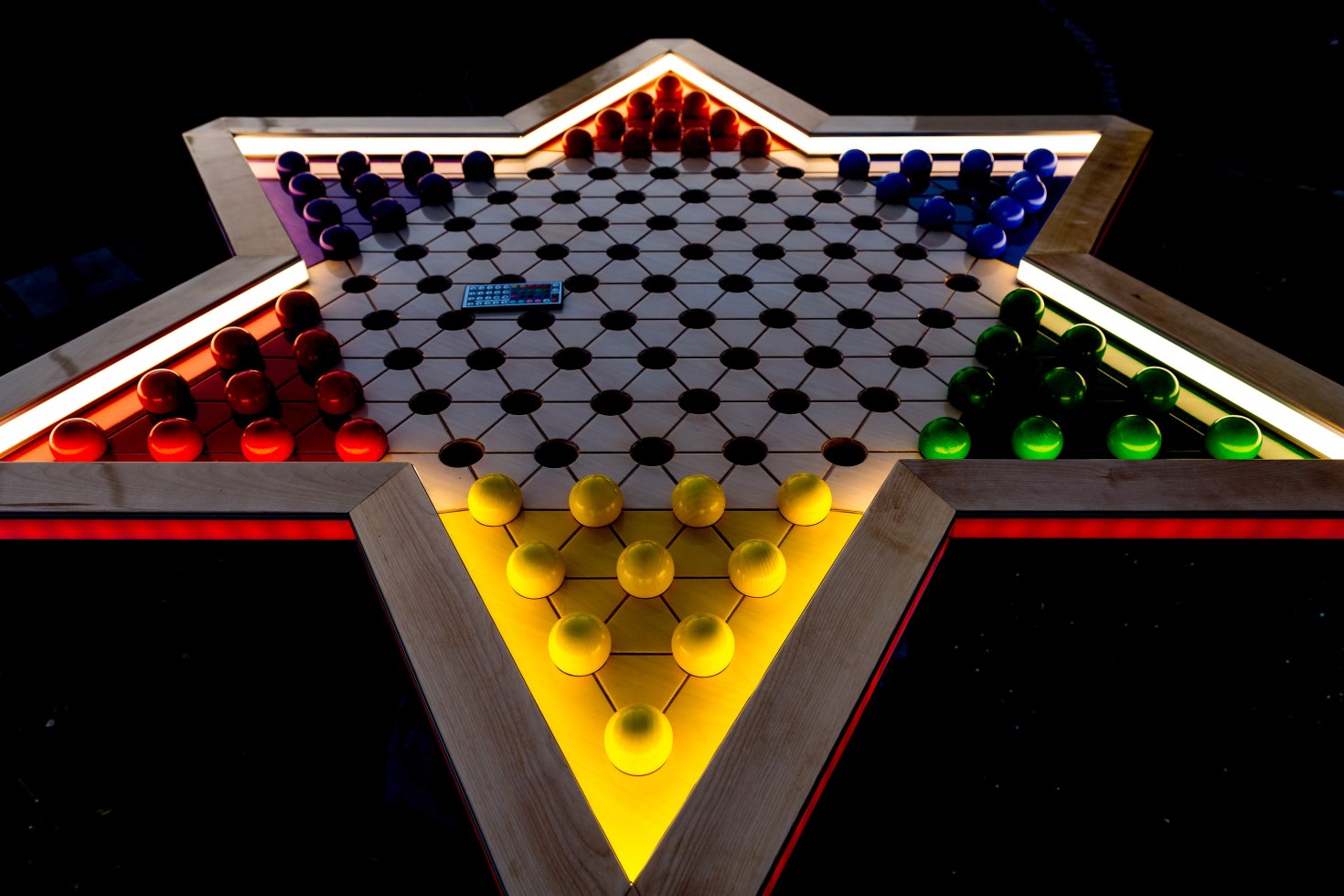
Prentice-Hall, Inc., 1981.Eat Lunch and Board Game is a podcast dedicated to reviewing games that can be played over a lunch hour. Play It Again, Historic Board Games You Can Make and Play. The objective is to form a “bridge” or “ladder” to move pieces across the board quickly. After all drops are made, the goal is to be the first to remove all counters from the board by moving moving or jumping off the edge.Įckha was a slightly modified version of Halma published by Milton Bradley in 18 after they lost the legal battle for the name of Halma.Ī rare game, Cetro, is played on a regular checkerboard with a player's different counters marked for different movements and strengths.

In Marked Halma or Treff-Halma (German) each player marks his corner piece and must get that counter to the opposite corner exactly.Īnother curious variant of Halma, is Top Secret, where each player drops in turns their 18 counters on the central 6圆 square area of the 16x16 board. A counter that starts on a light square must remain on light squares only, and can only move by orthogonal jumps. If a counter starts on a dark square it must remain on dark squares only, moving one step diagonally and is not allowed to jump. In Color Halma the colour of the square determines the rules of movement. Therefore, an expert player may make use of both ladders and groups. This works to impede the opponent’s advance, but does not allow for quick transition as in the ladder. Overall, it is ideal to keep all of your counters in close proximity to each other throughout the game, moving as a group. One common strategy is to form a “ladder” as shown below. For fair tournaments, the order of play should be rotated until each player has gone first for an equal number of games.

Also note that the player with the first move is given considerable advantage. The latter is probably the best solution to the problem of trivial draws, as crafty players may be able to devise further trivial draws even with the implementation of the former rule. Thus, the opponent cannot move a counter outside of her camp until the yard is empty of her counters. Another rule states that when one player completely vacates his camp, his opponent must vacate her own camp on successive plays. First, it may be decreed that a player wins the game when all positions of the enemy base camp are occupied, at least one of them by a counter of their own color. There are a few different rules which may be implemented for serious players of Halma to prevent such exploitation. An unscrupulous player may keep a counter in his camp to prevent its total occupation. It should be noted that one small problem remains with the rules as stated above.
HALMA SPIEL SERIES
Thus, on a turn a player may move a single counter to a neighboring square, perform a jump, or perform a series of any number of jumps with the same counter, but no combination of the said moves are allowed in a single turn. Double or multiple jumps in one move are permitted and direction may be changed after each jump. There are no captures in Halma and a jumped counter remains on the board. After determining which player goes first (a considerable advantage), alternate turns entail a move of a single counter in any direction (diagonally or orthogonally) to a necessarily vacant neighboring square or an orthogonal or diagonal jump over a neighboring counter of any color to a necessarily vacant cell immediately beyond in a straight line in any direction. The game commences with the counters positioned as above. In such a game, play may continue after one player wins to determine rank. Alternately, four players may play without making teams. Using such a configuration, a team wins when all of its counters have traded sides before the counters of the opposing team do the same.

If there are four players they may make teams of two players each with partners at opposite corners. The objective of the game is to occupy all of the positions of the camp directly opposite the initial camp with your counters. Halma and the very similar Chinese Checkers seem to have been invented right around the same time. Parlett (1) attributes its invention to Howard Monks, an English surgeon, in 1883. The game was invented in England in the 1880’s. Nineteen each of black and white counters are required for play for two players and thirteen each of four different colored counters are required for four. These markings and the checkering, however, are non-essential for play and a simple 16x16 square grid will suffice. Halma Opening Positions for Two and Four PlayersĪ Halma board is typically a 16x16 checkerboard with a few areas at the corners highlighted to distinguish them as camps, where the counters are placed at the start and finish of the game.


 0 kommentar(er)
0 kommentar(er)
